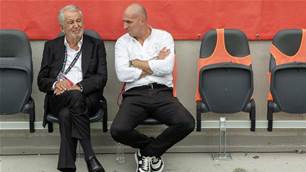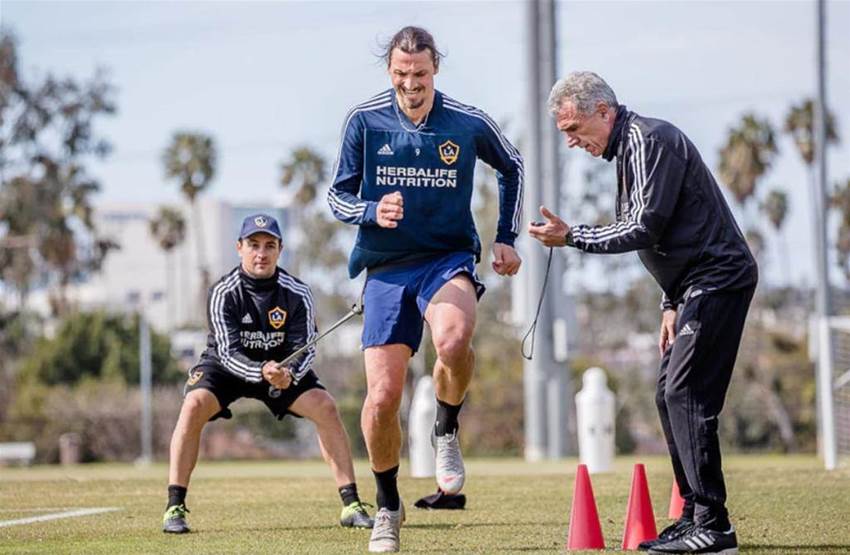Adam Waterson is yet another example of talented Australians on the international sports scene. The one-time Western Sydney Wanderers strength and conditioning coach moved stateside to Zlatan Ibrahimovic’s MLS outfit LA Galaxy.
Adam, talk me through an average day at LA Galaxy?
First team training starts at 10 am, however, my day starts when I arrive at the training ground around 7.30am.
I work really closely with the Team's Sports Scientist, Will Sparkes. Firstly, we look at the players’ wellness, which they complete before coming into training using the Kitman Labs App (which processes and analyses individual athlete data).
We want to make sure the players have adequately recovered from the previous day’s training and are ready to cope with the demands of the training day ahead.
We monitor players fatigue, sleep quantity and quality, muscle soreness and the quality of yesterday's diet. We then compare their overall wellness score against their average to see how they are tracking. In collaboration with medical staff, we then meet as a performance team and make recommendations to the coaching staff on each player’s training status for that session.
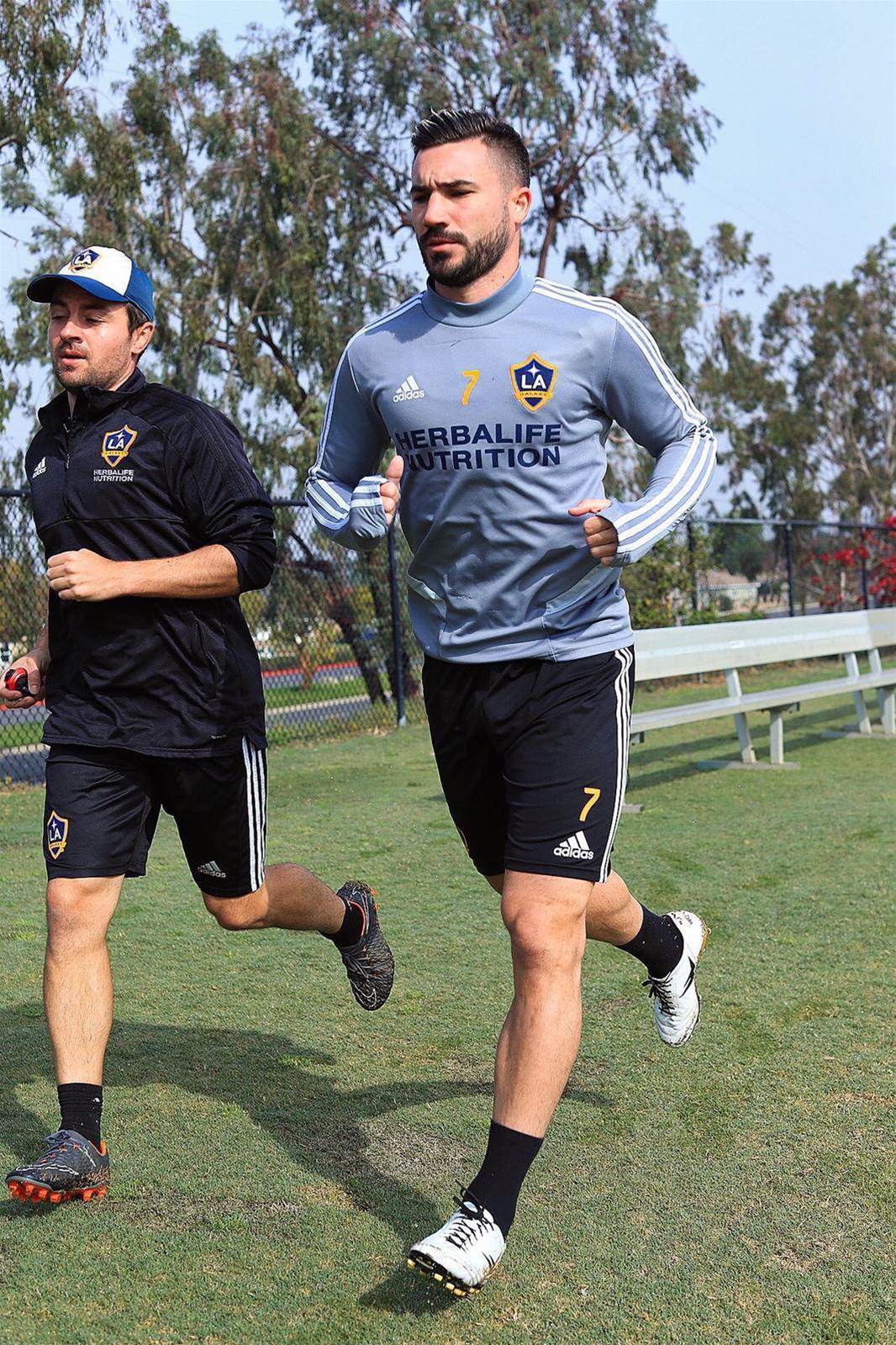
Here we also discuss the players’ weekly loads versus their average weekly load over the past month. This gives us an indication of fatigue vs freshness for each player. Ideally, we try to keep players as balanced as possible with safe increases and decreases in load where appropriate.
I then facilitate an activation/prehab session for the group which basically aims to help prepare the players for the demands of the session ahead, it also gives us a small window to address player asymmetries or weaknesses established from ongoing screenings/testing we do.
I then head out to the pitch and set up and deliver the team's warmup.
I try and deliver a warm-up which fits in with the overall "theme" of the day’s training. For example, if the coaches are working intensively on small possession games I will tailor the warm up to mimic these movement patterns.
This means lots of changes of direction, acceleration/deceleration and short, explosive movements to best prepare the player's body to maximize performance in the drills and reduce the potential of injury.
I also like to use the warm-up as a chance to improve the players physically, whether this is through plyometrics (jump training), speed, agility and reaction drills. I use this for 15-20 minutes, to continually improve the players each session.
What about players in the rehab phase?
Once the warm-up is complete I then turn my attention to the players who may be returning to training following an injury.
A big part of my role is the backend stage of rehab where the player is able to return to running and then re-integrate into the team training and eventually the game.
We work closely with the medical team to make sure a player has been able to "tick off" all the performance variables which they perform in a game prior to returning into the team training. These include variables such as high-speed running, sprinting distance, max velocity running, and explosive efforts.
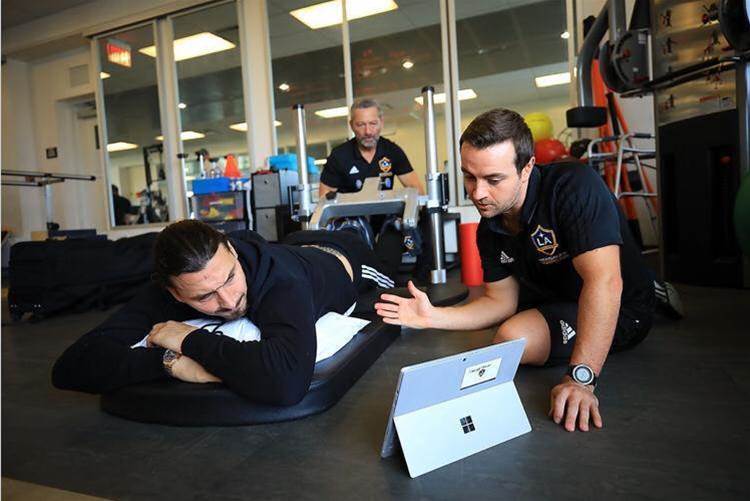
During the session, all players are wearing Catapult GPS units, so at any stage during the session, we can see the exact output of a specific player.
We generally have individual targets set for every session that we aim for our players to accomplish, so this live system is crucial for ensuring the intensity of the session is adequate.
If players hit targets during the session we have the option of modifying, on the other hand, if we didn't meet certain targets we can then add "top-ups" at the end.
Once training is complete, if it’s a double day, we then head into the gym to perform a strength session.
These sessions differ depending on where we are in our training cycle and days between games, but we focus on our players not only maintaining their strength but continually increasing their strength and power where possible right throughout the entire season.
Related Articles
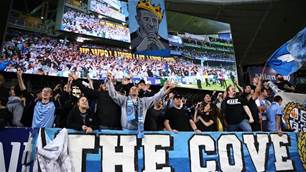
Sky Blues, Wanderers to clash in ALM first-round derby
.jpeg&h=172&w=306&c=1&s=1)
Wanderers pinch Kraev from ALM rivals Wellington
